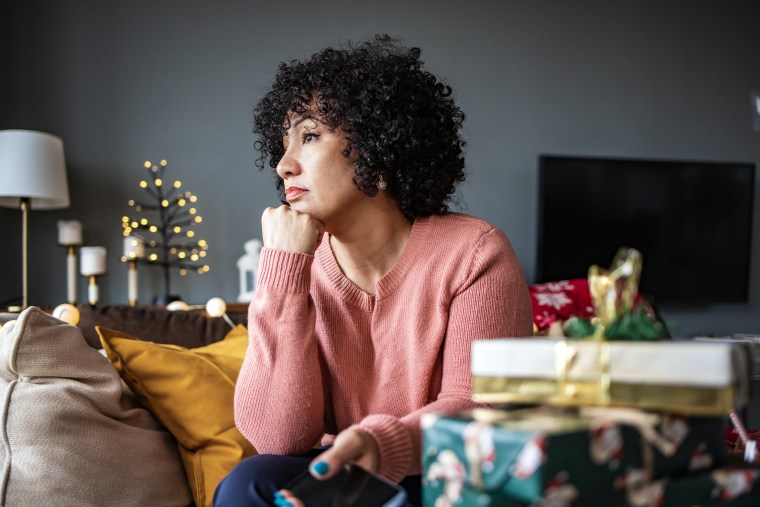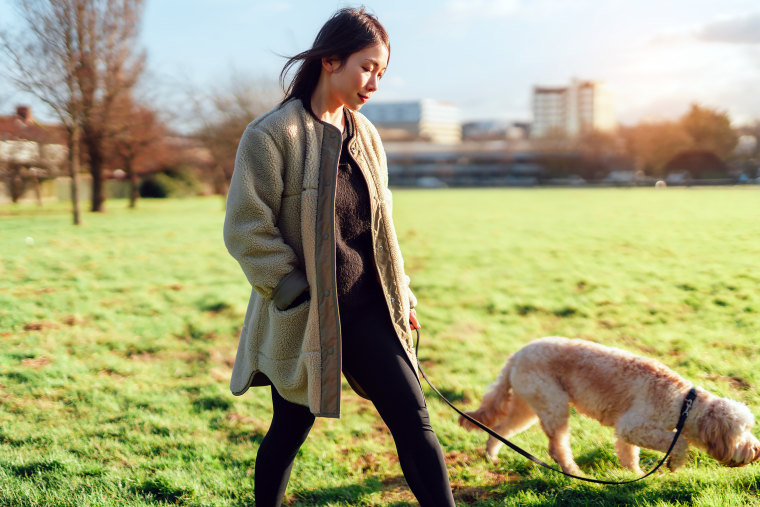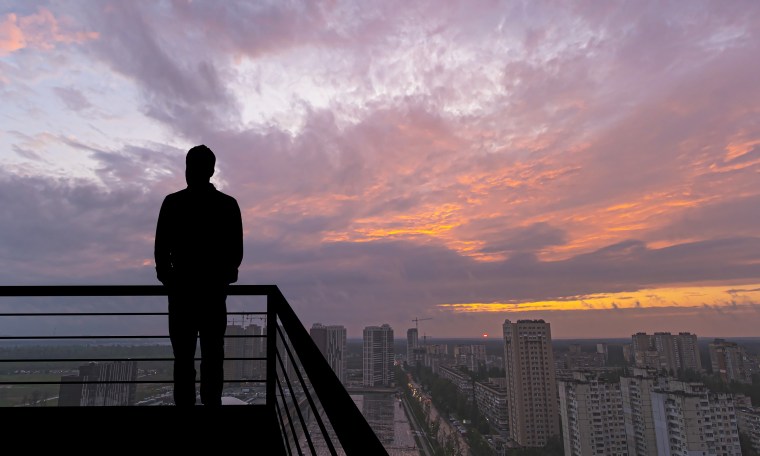The holidays are known as a time of joy, but for those who have experienced loss, they can also be reminders of who and what we have lost. The truth is that none of us escaped the past few years emotionally unscathed. The pandemic rollercoaster combined with political upheaval and social isolation made for a hard-to-swallow emotional cocktail. Add to that the usual ups and downs of everyday life and what you have is a lot of folks dealing with loss. Each in our own way, we are all walking through grief.
There’s no evidence-based way to put a number on how many people in the U.S. are having a grief experience, but there’s a lot of data about what we’ve lost. For example, over 9 million people in the U.S. lost a close loved one to COVID-19. More than 25 million Americans were impacted by the flailing job market. And 50% of Americans reported depression. Relationships strained under the weight of so much to bear.

If you’re still feeling the effects, you are not alone. As Brene Brown says, grief takes as long as it takes. But there are some ways to make grief more bearable. Some of the paths to emotional healing are somewhat obvious — like counseling and spending time with loved ones. But there’s also clinical evidence that exercise can help people who are bereaved feel better — both physically and psychologically.
TODAY.com asked Niro Feliciano, a cognitive therapist and author of "This Book Won’t Make You Happy: Eight Keys to Finding True Contentment," what folks who are struggling with grief can not just cope but find real healing . Her answer may surprise you: Take a walk.
Grieving isn't all in your head — it's a physical process
“Grieving is not only a mental emotional process,” Feliciano explains. “It is a physical process, as well.” If you’ve ever had a hard time getting out of bed in the morning when you’re grieving, it’s not evidence of laziness — grieving literally makes it harder to move. “You experience physical barriers,” says Feliciano.
That’s partially because, even if you don’t experience clinical depression, grief mimics the symptoms of depression in many ways, Feliciano explains. “Those things you feel like you should be able to do, you physically can’t,” says Feliciano. Studies show that depression, and therefore grief, disrupts the normal functioning of the parts of your brain that make the neurotransmitters — like dopamine — that affect your ability to feel motivation and pleasure.
In practical terms, if you usually get out of bed early and take a walk, you may feel physically unable to when you’re grieving. You might wonder what’s wrong with you or why you can’t “pull it together,” but the reason is beyond your conscious control: Your body is not making enough dopamine. What you need, then, is not a kick in the pants, but a way to get your body to produce the neurochemicals that will make you want to get out of bed.

Ironically, exercise is one of the things that triggers your body to produce dopamine and endorphins — and the more you do it, the more of those “feel good chemicals” your body will make. But how do you get moving when you feel like you can’t move? Feliciano has some great advice.
Being gentle with yourself is imperative
First of all, Feliciano says, you have to be gentle with yourself. Adding self-flagellation to grief won’t help. “Try to understand what you’re going to need in those moments to move through it,” she says. If a loved one was feeling down, you wouldn’t chastise them for it, so try to extend that same courtesy and care to yourself. If there’s no one around to remind you that you deserve compassion, try saying, “It makes sense that I don’t feel like taking a walk,” out loud.
Once you’ve established a gentle attitude with yourself, then it’s time to check in and find out what you need. If for the most part you have been actively participating in your life and daily activities, you may need a break. “That’s OK. That might be your body saying today you need to rest. Today, you need to take it easy,” says Feliciano. Part of healing means acknowledging what you truly need.
If you’ve checked in with yourself compassionately and you know you would really benefit from taking a walk, it’s time for a pep talk to remind you that you are making a choice to move — and that you can unmake that choice at any time. “One thing that I tell clients is that if they try it and they don’t feel like it, they can always leave,” says Feliciano, “You don’t have to commit to the whole thing,” Giving yourself an out may make you feel less pressure and more agency.
But the truth is that after you actually start walking, you probably won’t want to turn back. “People tend to feel better once they’re doing whatever the thing is that they want to do,” Feliciano explains. The hard part is getting past the initial obstacle, she says. When you’re trying to decide whether today is a good day for a walk or not, try to look past the way you feel in the moment towards how walking will make you feel afterwards. “Ask yourself how you will feel later,” Feliciano suggests.
Walking with other people — or in nature — can help you process emotions
Feliciano is a big proponent of walking with other people. “When you start isolating or you’re not connecting with other people,” she says, “this is one of the most dangerous pieces of grief.” If you don’t have a walking partner, think of the people in your life who’ve asked you if you need anything. One of those people would likely be delighted to take a walk with you. Or, you can reach out to a walking group. Chances are good that someone else needs a walking partner as much as you do.
If you don’t have a close relationship with someone you’re walking with, walking may actually create a deeper bond. “When you’re in motion, you tend to be able to talk about things and it’s more comfortable to talk to someone when you’re not looking at them directly,” Feliciano says. “It’s amazing what a connection can become through a regular walking practice.”
But if you don’t have someone to walk with, Feliciano thinks that there’s still benefit to walking alone. “Walking by yourself can be considered a meditative practice,” she says. “It can be a mindful practice, a time where you find that stillness or rhythm where you can sort out some of your own thoughts.” In other words, walking can help you process your emotions while at the same time encouraging your body to produce the neurotransmitters that will help you feel better.

“Walking is a mood elevator for most people,” says Feliciano. “Exercise is one of the things we know from research that affects everybody positively.” And if you can walk outside, even better, she says.
“We know from research that when people walk in green spaces, even for a few minutes, that leads to more expansive thinking,” Feliciano says. “If you’re stuck in a certain thought pattern, just walking outside connecting with nature leads to being able to come out of that stuck place and consider more possibilities.”
Walking outside, then, doesn’t just change the scenery you’re in — it can also change your perspective. “When you’re going through grief, and when you are having to deal with all of those big issues and big decisions, what we feel is stress and anxiety,” says Feliciano. “So what walking can do, in many ways, is take you out of that fight or flight mode. It is a calming practice.”

Feliciano also says that the calming effect of walking works no matter the weather. “There’s research that says being in the cold can lower feelings of stress and anxiety just in and of itself,” she says. So, while cold weather may be an additional obstacle to walking outside, it could also amplify the benefits.
“There are parts of our brain or parts of us that were made to connect with nature,” says “Witnessing beauty can be healing. It does something beyond words.” When you’re dealing with loss, a beautiful sunset may not erase your pain, but it may help you remember how big and beautiful the world can be. “You may also realize that there are bigger things going on. We are a part of something that is very big, which can bring you hope in that moment of grief.”
Walking won’t solve all your problems or make your sense of loss disappear, but it could help you on your path to healing. Grieving, after all, is a process — a transition from one way of living to another. You want to honor that process, but you don’t want to get stuck in it. Walking through your grief may give you just the momentum you need to move forward.
